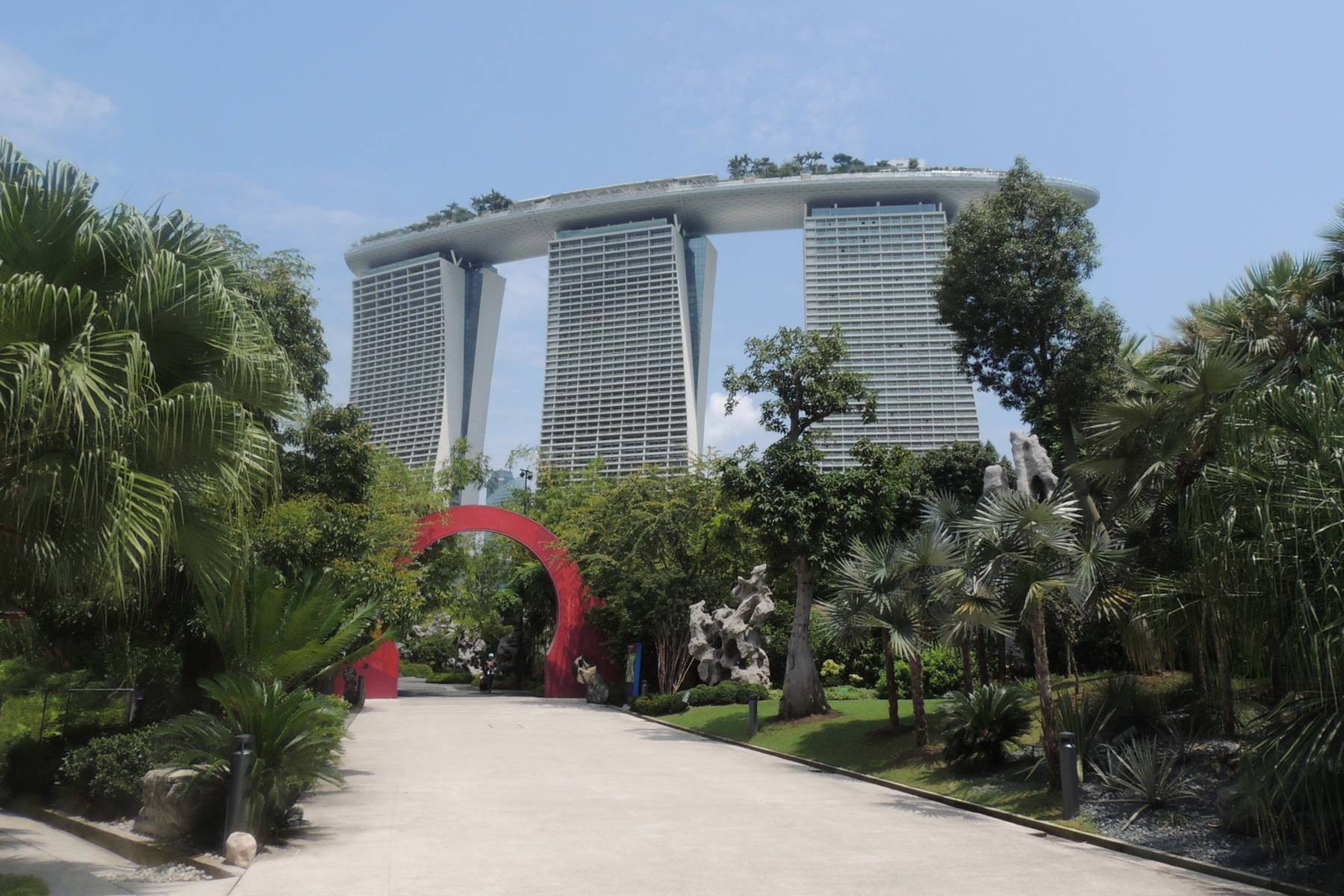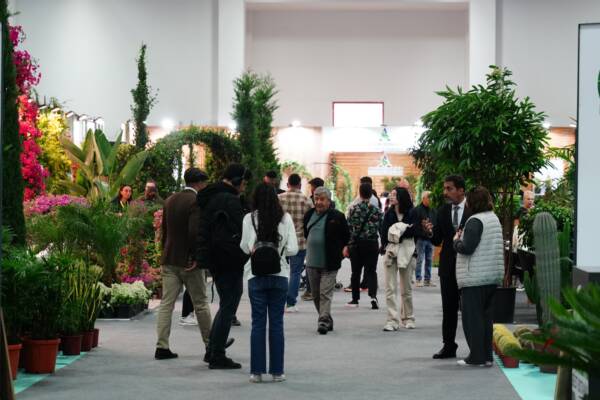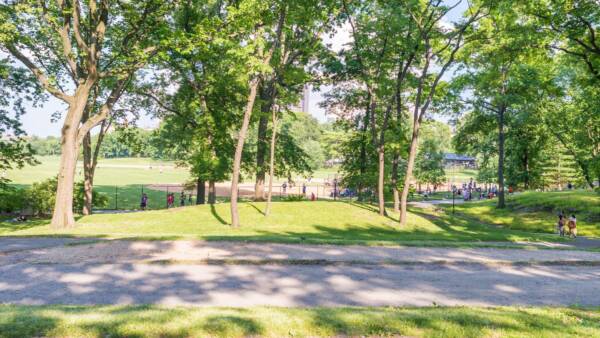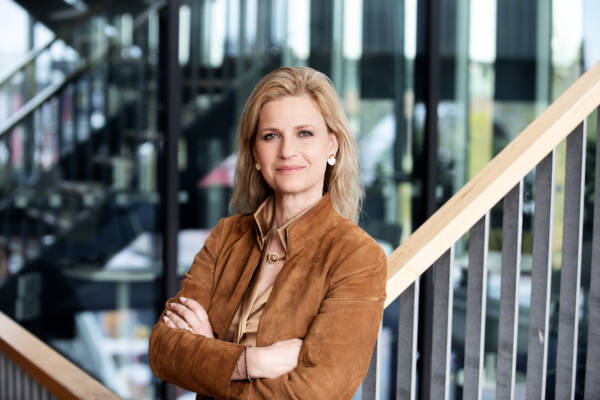Nature has never been more important in our lives whether at work, at home or at leisure. Quantifiable benefits of incorporating plants in interior and exterior landscapes are revealed in neurological and physiological studies. Economic studies illustrate significant savings through enhanced productivity and creativity, and reduced absenteeism and stress.
‘The intersection between built infrastructure, nature, and wellbeing’ is the fourth climate action topic in the series of City of London Green City Briefings by the International Association of Horticultural Producers (AIPH), in collaboration with the Worshipful Company of Gardeners.
Taking place on 13 July 2021, 1:00 pm – 2:00 pm BST, this next free-of-charge, one-hour briefing discuses opportunities, benefits, and processes of creating an effective, highly desirable built urban environment in the context of cities as a healthy human environment.


Moderated by Toronto City Councillor Jennifer McKelvie, the Briefing will hear from Dr Curtis Gubb, Environmental Consultant at Cundall, London, UK on the synergistic relationship between biophilia, indoor environmental quality and productivity, and Ms Marion Waller, Advisor to the Mayor of Paris Anne Hidalgo, on ‘Reinventing Paris: toward an ecological restoration of Paris’.
Our environment has a direct impact on our wellbeing. Research demonstrates that in healthy office environments, productivity increases, absenteeism reduces and concentration improves. Dr Curtis Gubb will talk about monitoring and assessment of wellness in the workplace and economic benefits of plants inside and around city buildings and offices based on the WELL Building Standard® – a performance-based system for measuring, certifying, and monitoring features of the built environment that impact human health and wellbeing, through air, water, nourishment, light, fitness, comfort and mind. Features of a building designed to meet this standard include ventilated green walls for air purification and a biophilic design via the use of natural materials and local planting.
Dr Gubb comments: “Research has shown that the presence of direct and indirect references to nature can reduce stress; aiding mental and physical recuperation leading to improved cognitive performance. This can result in a positive impact on productivity, and creativity, whilst reducing absenteeism and presenteeism, supporting the business case for biophilic office design.”
Marion Waller helped deploy “Reinventing Paris”, the international call for innovative urban projects that was then exported to other European cities. She considers architecture, patrimony, urban landscape, green spaces and funerary issues. In her talk on restoring nature in the city, Marion will describe projects in Paris that align with the theme of using nature to make buildings more energy efficient and green for a better working and living environment.
Marion comments: “Cities have sometimes been opposed to natural spaces, as if they were spaces dedicated to human beings only and as if they could not welcome biodiversity. After a time of car-centred urban planning, cities have to re-think their relation to the environment, through streets and buildings. Paris has been a leader city in transforming public space into greener streets and in favouring green architecture in a very dense context. The benefits for local communities and inhabitants of the buildings are very high; as they reinforce neighbourhood links, improve air quality and biodiversity. Those urban policies have to be adapted to the very local context and patrimony.”
For more information contact AIPH Green City at greencity@aiph.org





















